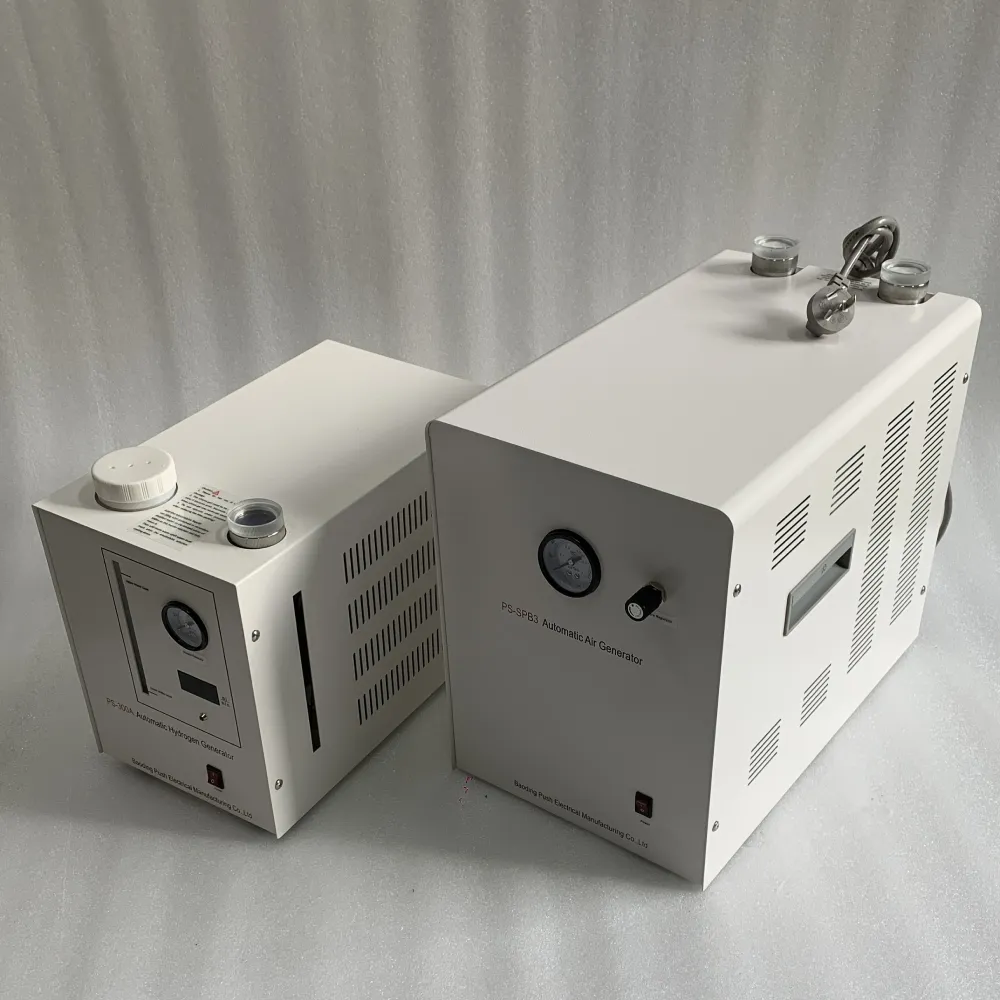 English
English


Assessment of Acidity Levels in Transformer Oil for Maintenance and Performance Monitoring
Acidity Test in Transformer Oil Importance and Methodology
Transformer oils play a crucial role in electrical insulation and heat dissipation within transformers, ensuring their efficient and safe operation. One critical aspect of maintaining transformer oil quality is the measurement of its acidity. The acidity test is vital as it provides insights into the oil's condition, indicating potential degradation and the presence of harmful byproducts that could affect transformer performance.
The Importance of Acidity Testing
The acidity of transformer oil primarily arises from the oxidation of the oil and the formation of acidic compounds. Over time, exposure to heat, moisture, and oxygen can lead to increased acidity. This phenomenon is often accelerated by the presence of metallic contaminants and the aging of cellulosic insulation materials. High acidity levels can result in increased corrosion rates of transformer components, leading to premature failure or reduced operational efficiency.
Regular monitoring of acidity levels in transformer oil can help in preventive maintenance, allowing operators to take timely actions to mitigate risks. By identifying an increase in acidity, utilities can schedule oil purification processes or consider replacing the oil entirely before significant damage occurs.
Methodology of Acidity Testing
The standard method for measuring acidity in transformer oil typically involves a potentiometric titration process. This method allows for the quantification of acidic compounds in the oil through the following steps
acidity test in transformer oil

1. Sample Preparation A representative sample of transformer oil is collected, ensuring that it is handled under controlled conditions to avoid contamination.
2. Titration Setup A specific volume of the oil sample is measured and placed in a flask. A suitable solvent, such as isopropyl alcohol, may be added to enhance the solubility of acidic compounds.
3. Conducting the Titration A standard alkaline solution, often sodium hydroxide (NaOH), is slowly added to the sample while stirring. The pH of the solution is monitored using a pH meter or indicator until a stable endpoint is reached, indicated by a sharp change in pH.
4. Calculating Acidity The amount of titrant used is recorded, and calculations are performed to determine the total acidity, typically expressed in mg KOH/g of oil. This quantification provides a clear indication of the oil's condition.
Conclusion
In conclusion, the acidity test is a vital diagnostic tool in maintaining transformer oil integrity and overall transformer health. Regular acidity monitoring enables equipment operators to identify potential issues before they escalate, ensuring reliable transformer functionality. As the demand for efficient electrical infrastructure grows, the importance of rigorous testing and maintenance practices, including acidity testing, cannot be underestimated. By proactively managing transformer oil quality, utilities can enhance operational efficiency, extend the lifespan of their equipment, and ensure uninterrupted service.
-
Differences between open cup flash point tester and closed cup flash point testerNewsOct.31,2024
-
The Reliable Load Tap ChangerNewsOct.23,2024
-
The Essential Guide to Hipot TestersNewsOct.23,2024
-
The Digital Insulation TesterNewsOct.23,2024
-
The Best Earth Loop Impedance Tester for SaleNewsOct.23,2024
-
Tan Delta Tester--The Essential Tool for Electrical Insulation TestingNewsOct.23,2024





